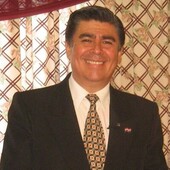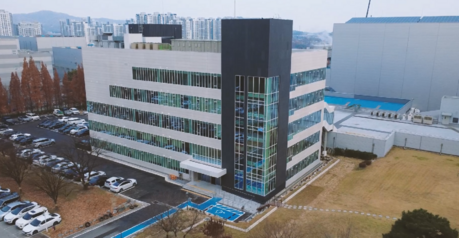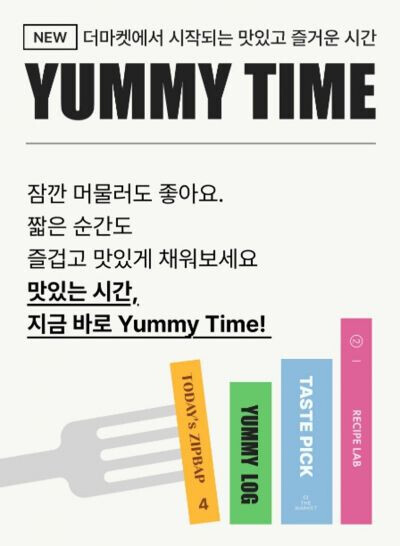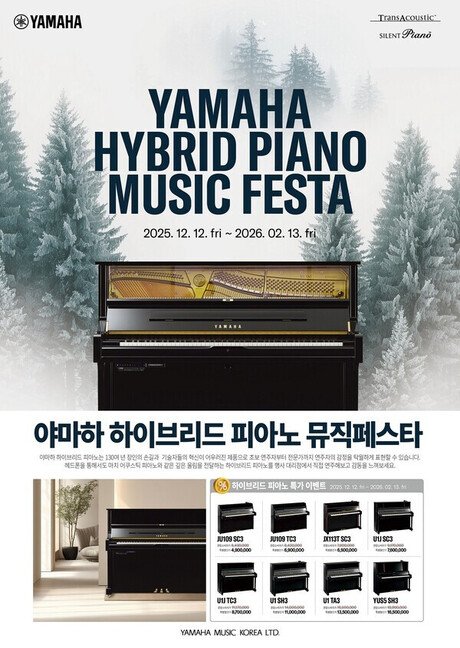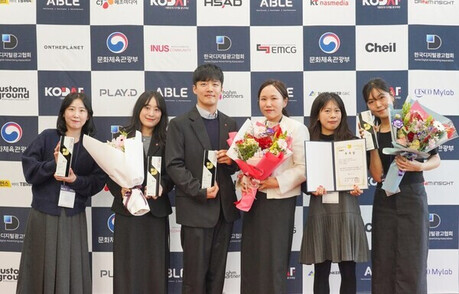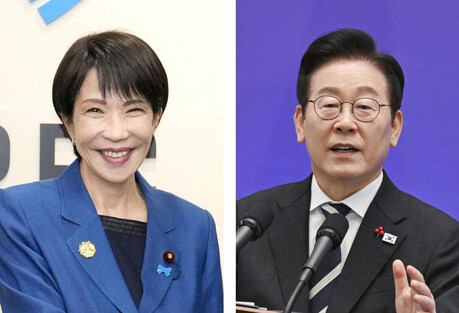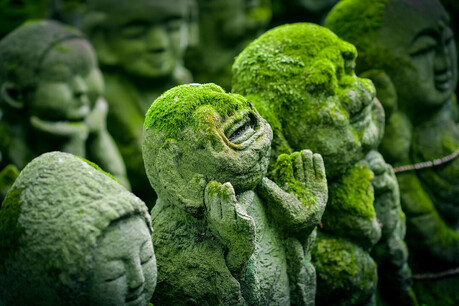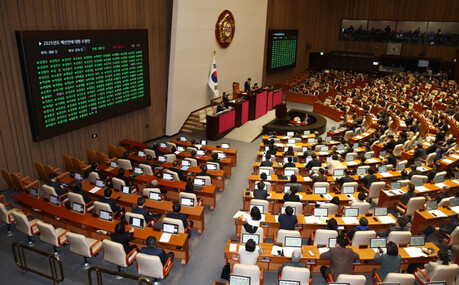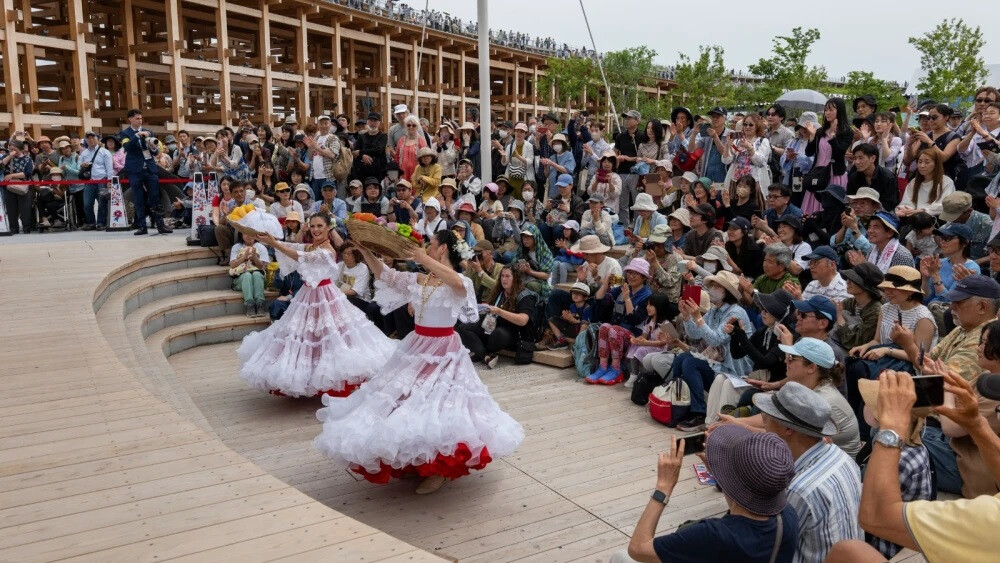
Osaka, Japan – On May 19, the Paraguay National Day event at Expo 2025 Osaka, Japan, successfully showcased Paraguay's rich cultural heritage and artistic talent to the world. The event, a harmonious blend of Paraguayan dance, music, and handicrafts, left a deep impression on both local audiences and international visitors. The presence of high-ranking officials, including Paraguayan President Santiago Peña, underscored the event's significance and served to solidify Paraguay's presence on the Asian continent.
The Pinnacle of Cultural Diplomacy: A Feast of Paraguayan Art
The Paraguayan delegation magnificently displayed its artistic prowess through diverse dance performances, a wide-ranging musical repertoire, and various handicraft exhibitions. The event commenced in the National Day Hall with the attendance of Paraguayan President Santiago Peña, followed by artistic performances after the official ceremony.
Befitting Paraguay's reputation as a nation of guitarists, the artistic showcase began with the emotive guitar performance of young guitarist Olivia Almudena. Her rendition of the Guarania "Mi dicha lejana," arranged by Pedro Martínez with orchestral arrangement by William Aguayo, conveyed the essence of Paraguay to Japan. Following this, dancer Darío Ortiz presented a dynamic contemporary dance to Oscar Nelson Safuán's "Nacionales N° 1," offering a profound resonance to the audience through the harmony of music and body.
The collaboration of members of the National Symphony Orchestra (OSN) with outstanding musicians such as Gonzalo Lazquín, Yotti Morel, Mar Pérez, and Diana Quiñónez elevated the event's quality. Jennifer Hicks and Miguel Narváez received enthusiastic applause for their vivid delivery of Paraguayan sentiment through the Guaraní songs "Mborayhu Asy" and "Ymaitemapiko." Their performances, coupled with contemporary dance choreography, demonstrated the versatility of Paraguayan artists.
María Victoria Sosa, General Director of OSN, expressed her satisfaction with successfully promoting the influence of Paraguayan culture through music, dance, and art. She remarked, "We met a diverse audience, including Paraguayans residing in Japan, Japanese who love our culture, and foreigners encountering Paraguay for the first time. We achieved a special connection with this large audience. 'Ikigai,' this energy, truly connected us and was felt through every musical interpretation and artistic expression."
The Essence of Paraguayan Dance and Music: Dominating the Stage
Dancers led by Professor Belén Molinas included talented performers such as Rodrigo Delgado, Macarena Vallejo, Amelia Gaona, Andrea Aguilera, and Tania Olmedo. They showcased the beauty of traditional Paraguayan dance to Agustín Barrios's "Danza paraguaya" and José P. Farao and Mauricio Cardozo Ocampo's "Paraguaya linda."
Notably, the duo Purahéi Soul passionately performed José del Rosario Diarte's "Carreta guy" with harpist Ever Saracho and accordionist Arturo Benítez (both OSN soloists). The orchestral accompaniment, conducted and arranged by William Aguayo, further enriched the stage. 'Botelleras' dancers, in their vibrant and delicate traditional costumes, brought joy and elegance, receiving enthusiastic cheers from the audience. After the performance, the audience gave a five-minute standing ovation, showering the Paraguayan artists with heartfelt praise.
Paraguayan music shone even brighter through an emotional performance of "Kono Hoshi no Tsuzuki wo," the official theme song of Expo Osaka 2025. Paraguayan harpist Enrique Carrera and his wife, renowned Japanese harpist Arisa Matsuki, performed this song on the Paraguayan harp, symbolizing the cultural ties and friendship between Paraguay and Japan.
Carrera explained that this opportunity was realized through a joint initiative of the Paraguayan Embassy in Japan and the Expo organizers. He expressed, "It is a great honor as a Paraguayan to hear a song composed here, even by a very famous Japanese band, played on the Paraguayan harp." The musical group, comprising Arisa Matsuki and Enrique Carrera (Paraguayan harp), Shiori Abe (violin), and Kanno Yoshiya (percussion), showcased a cultural fusion of traditional Japanese and Paraguayan instruments, highlighting the richness of both countries' traditions.
Carrera, who leads the 'Harpas Sonorisa Academy' teaching over 150 students in Japan, announced plans to visit Paraguay in August to hold a concert at the Municipal Theater of Asunción. He shared, "My students are very excited to go to Paraguay and perform. They call Paraguay 'Arpalandia' (Land of the Harp)." The clear and pure sound of the Paraguayan harp, similar to the traditional Japanese instrument Koto, received a great response from Japanese visitors. Furthermore, the individual performance by Leonardo Frai, a founding member of OSN and an excellent double bassist, also provided a valuable opportunity to present the high artistic standards of Paraguay on the international stage.
Cultural Exchange Through Handicrafts and Fashion
Beyond the musical interest, Japanese audiences highly praised Ñandutí, Paraguay's traditional lace, which was a significant part of the cultural exhibition.
Additionally, one of the moving moments of Paraguay National Day was when the OSN Women's String Quintet provided background music for the 'Kuña Guapa' fashion show, organized by the Office of the First Lady. This fashion show, blending Paraguayan design, handicrafts, and tradition, was attended by a Japanese Imperial Princess, further deepening the meaning of cultural exchange.
Sosa explained, "This experience was special not only for the musicians but also for the models and all the authorities present. There was a sense of wonder and admiration for the beauty of Paraguayan art, design, and the history embedded in the clothes, carrying a deep message about the importance of women in building our nation."
The performance of the official theme song of Expo Osaka 2025 was more than just an artistic achievement; it was a symbolic gesture showcasing the deep fraternity between two nations that respect each other's cultures. Thus, music once again proved to be a universal language that transcends borders.
[Copyright (c) Global Economic Times. All Rights Reserved.]















